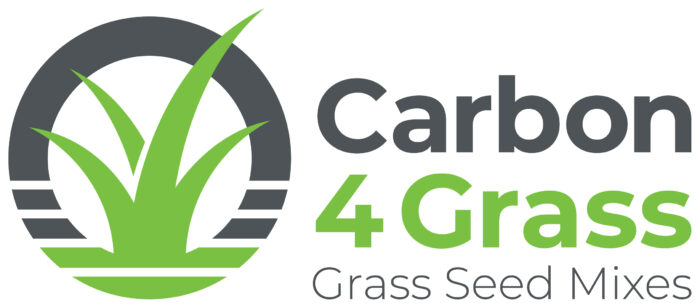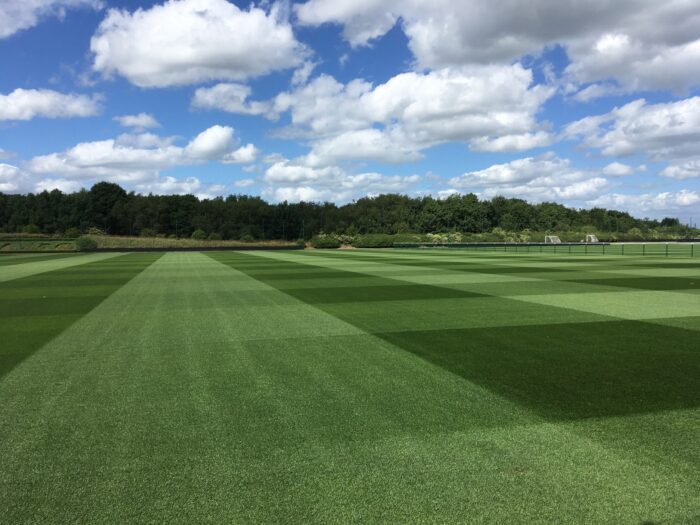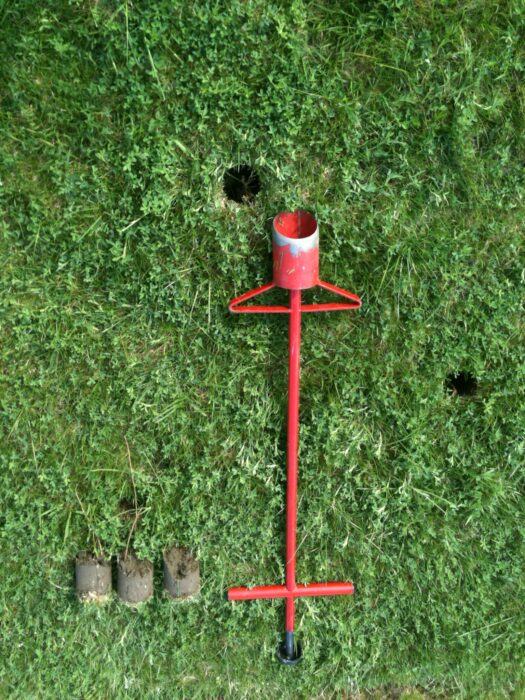How grasses can help to reduce the carbon footprint of your golf club
Howard Wood, environmental consultant to Origin Amenity Solutions, discusses carbon sequestration in grasses.
Trees and grasses as with all other chlorophyll-based plants use photosynthesis to convert CO2 into organic compounds using sunlight.
Trees lock carbon as lignin (woody matter) with 80 percent of the biomass being above ground in tree trunks and branches. For grasses, the woody parts of the plants are the fibrous roots, with 70-80 percent of the biomass underground.
Denser, deeper, faster growing grass root systems will produce more organic matter and hence more carbon.

We can best visualise the root mass of grasses as a carbon reservoir representing about 27 tonnes of CO2 per hectare. When roots die, they decompose into humus and the carbon is transferred into the soil. In addition to roots, some grass clippings and leaves may also transform to humus.
Carbon sequestration into the soil is thought to increase annually and stabilise after about 50 years although it may not have a maximum holding capacity in certain climatic conditions. If the organic matter does not decompose it may build up as peat deposits, this is what happens on moorland. The build-up of thatch on sports grounds is a parallel process; subject to compaction and anaerobic conditions the rapid formation of organic matter is easily observable in a season.
Our research first looked at the potential differences for carbon sequestration between grass species at the Top Green trial grounds sown in 2005 at Les Alleuds, France, having access to several hectares of 1m2 plots.

The method of analysis, known as L.O.I. (Loss on Ignition), involves burning off the organic matter from the dry soil samples at 450oC for several hours and comparing the results to the baseline soil organic matter (SOM) before the grass was sown.
The initial results showed significant differences of carbon sequestration between species varying from 4.7 to 20.5 tonnes of CO2eq / yr.

Since 2005 our research has been extended to look at grass cultivars on trial plots in Denmark as well as in France. Here we observed a greater difference between the cultivars of a species than between the averages of species. We also observed that the Danish trial plots sequestered about half as much carbon as the French trial plots. We concluded this to be caused by the different soil types, the climate and the length of the growing season. The results, however, did show an excellent consistency between cultivars wherever they were grown.
It should be noted that all the grass cultivars tested are registered cultivars that have been compared by the BSPB (British Society of Plant Breeders) for visual merit, disease resistance, recovery and so on.
With our research results in hand, we then looked at how they could be best put to use. Given the wide choice of grass cultivars with proven qualities that are used in sports and amenity mixes, it made sense to offer the cultivars with better scores for carbon sequestration to those wishing to reduce their carbon footprint.
Origin Amenity Solutions selects the better performing cultivars for the Carbon4Grass seed range. Comparative graphs show the difference between a selected Carbon4Grass mix and a standard mix where the carbon scores have been compared.

Typically, the differences represent 20 to 30 percent increases in carbon sequestration. It should be remembered that these results are based on trial plots, real time monitoring of carbon sequestration on golf courses, sports grounds and amenity areas should be undertaken if the exact figures are required for any particular geographical location.
The potential for carbon sequestration in grasses is an important contribution to total carbon inputs in green infrastructure which includes trees, hedges and all other types of vegetation. To know if carbon inputs can outweigh the carbon emissions of an activity brings us into the realm of carbon audits. That is perhaps a discussion for a later date, but research is ongoing; our first carbon audit for a UK park was undertaken in 2010.

For more information on Origin Amenity Solutions and their Carbon4Grass range visit www.originamenity.com















Let me tell You a sad story ! There are no comments yet, but You can be first one to comment this article.
Write a comment